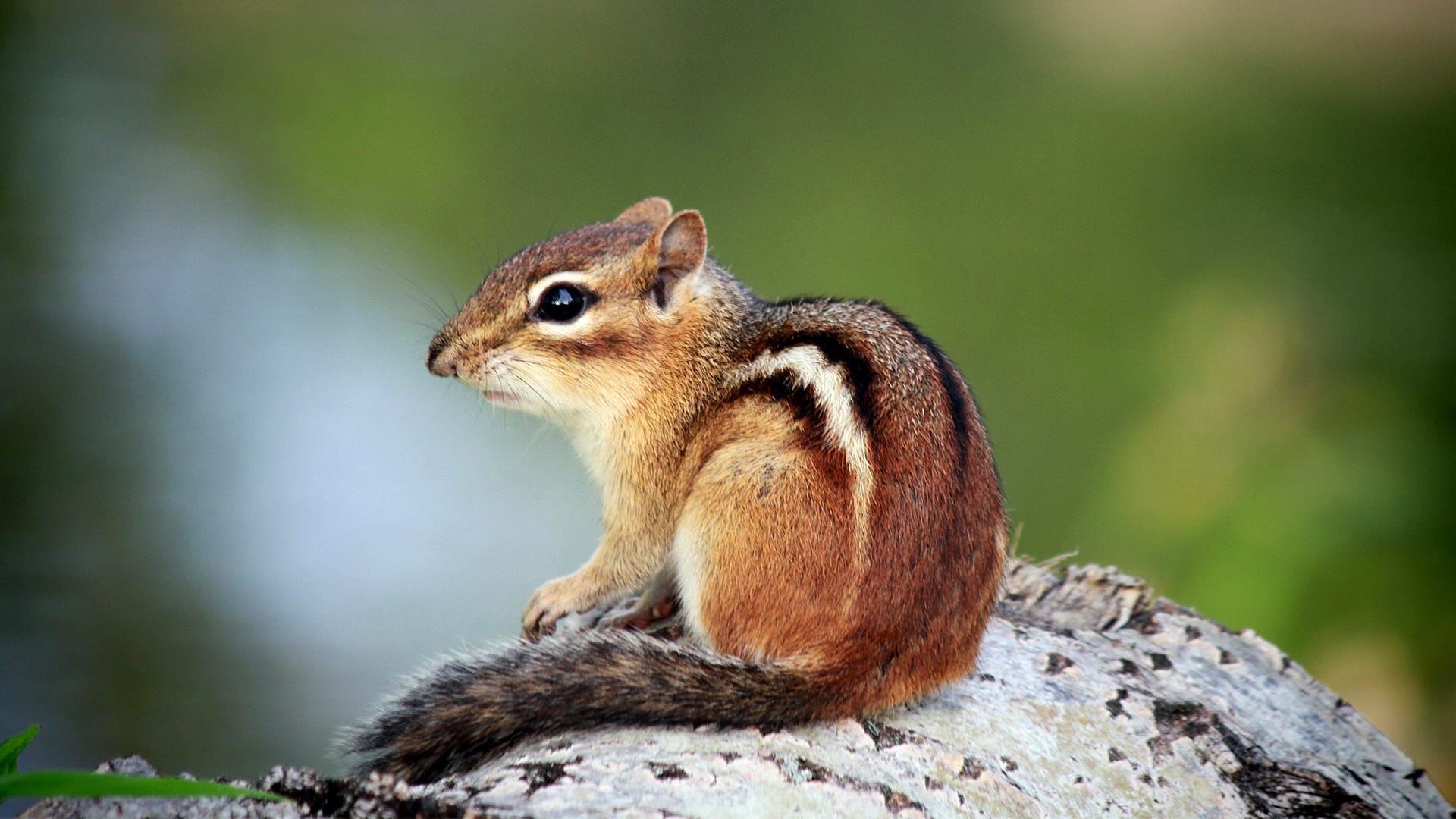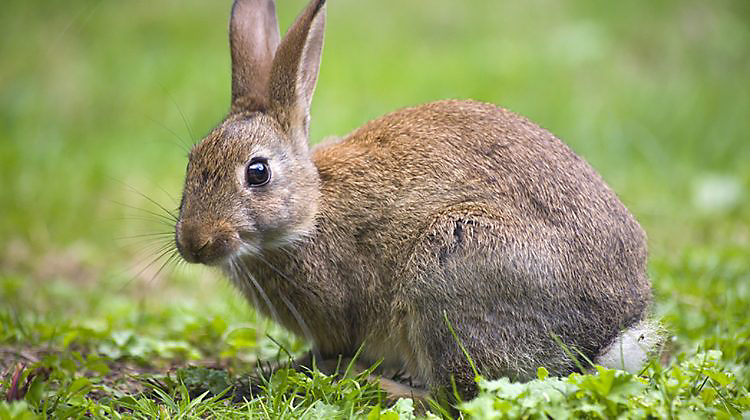
Here’s what you need to know to make skunks, groundhogs, and other nuisance animals go away and stay away.
Identify
Raccoons, opossums, rabbits, feral cats, skunks, and groundhogs set up shelter in protected areas, such as under decks and porches. They use the space for cover while they feed on your garden and raise their young. These animals tend to be nocturnal, so you may hear them or see evidence of their activity before you get a good look at them. But how do you know which pest is your problem? Paw prints, scat, and damage are critical clues that can help you identify the nuisance—information you’ll need to choose the most effective solutions.
- Prints: If you don’t see prints around your deck, dust the ground with flour, garden lime, or sand outside an opening an animal is likely to be using, then check for tracks in the morning. Nuisance animals may have at least two entry or exit points, so they can avoid getting trapped beneath the deck.
- Droppings: We know scat is gross, but the animal’s droppings are helpful indicators of what type of nuisance you have.
- Damage: The sort of destruction to your lawn and garden can also help you determine which animal caused it. Some animals dig up turf in their search for earthworms, grubs, and other underground insects. Others raid flower beds and vegetable gardens. After you’ve observed the paw prints, scat, and damage, go to our pest-identification page to determine exactly which animal is living under your deck.
Evict
Once you know which nuisance animals you’re dealing with, you can choose the best strategies for driving them away. You want them to leave as soon as possible, but a mother animal with a young family may resist moving except under the most irritating circumstances. Still, you can create unpleasant conditions without harming pests by disturbing their senses.
- Smell: Spread a barrier of granular repellent around the entrances and exits that the pests are using to get under your deck. Sprinkle granular repellent as close to their living space as possible to create a constant irritation to their sense of smell. The pests are likely to be away from your deck during the hour or two after sunset, so that’s a good time to spread repellent.
- Touch: Motion-activated repellents that spray water whenever the pests walk past startle animals and can frighten them enough to leave. Cats and skunks especially dislike water and will do all they can to avoid it. Position sprinklers so they squirt animals whenever they enter or exit their den beneath your deck.
- Sight: Nuisance animals tend to feed after dark and try to stay out of sight. Increase their exposure—and their discomfort—by cutting back the vegetation they use to shield themselves and by removing firewood, patio furniture, or any other barriers they may be using for protection while they’re moving around near your deck.
- Taste: The powerful flavor of hot peppers burns the mouths of groundhogs, opossums, and rabbits. Spray a liquid repellent made with hot peppers on plants they’re eating.

Trap
When nuisance animals can’t take a hint, you may be ready for direct action. Live trapping can be safe for you and the pest, but before you do it, check your local regulations and make a plan for what you’ll do with the animal once it’s caught. Then consider these factors.
- Size: Traps come in different sizes for a reason—you won’t catch a groundhog in a rabbit-size trap. Well-designed traps have features that ensure the pest you’re targeting will be cleanly and securely caught. Choose the trap that’s recommended for your specific pest.
- Bait: The best bait for your trap depends on the animal. Use lettuce or apple slices for groundhogs or rabbits. Tempt raccoons, opossums, and skunks with fruit, jelly, or marshmallows. Cat food, not surprisingly, is very effective bait for feral cats.
- Placement: Position traps near the exits that pests use to leave their under-deck den, so the bait will lure them in while they are hungry. Cover traps with burlap or towels to camouflage them and allow the animal to feel more comfortable entering. (A cover may also keep a skunk from spraying when it’s caught.) Cats and raccoons are more likely to enter a trap when you cover the bottom with a shallow layer of soil and grass clippings. You may need to leave the trap baited and open for a few nights to get feral cats accustomed to going in before you set it. Never leave a trap set when you are unable to check it each day.
Exclude
Once the pests are gone, you want to make sure that they (or their kind) never return. That can only work if you remove what brought them to your deck in the first place. Easy food sources—such as pet dishes left outside, bird feeders, and garbage cans with unsecured lids—are often the main attraction. (When pests are living under your porch, proximity to readily available food makes it a convenient location for them.) Eliminate the accessible food source and you are far less likely to attract the animals. Two more measures will ensure your deck stays pest-free.
- Seal: Many decks have no barrier to getting beneath them, and when there is one, it’s usually a flimsy decorative lattice. Attach galvanized fencing or quarter-inch-mesh hardware cloth over openings that pests can crawl beneath and bury the lower edge at least 6 inches below ground to prevent animals from burrowing under it. Use metal-mesh fencing behind a decorative lattice to seal spaces through which animals can squeeze.
- Repel: Spread a barrier of granular repellents around your deck and replenish it each month.



